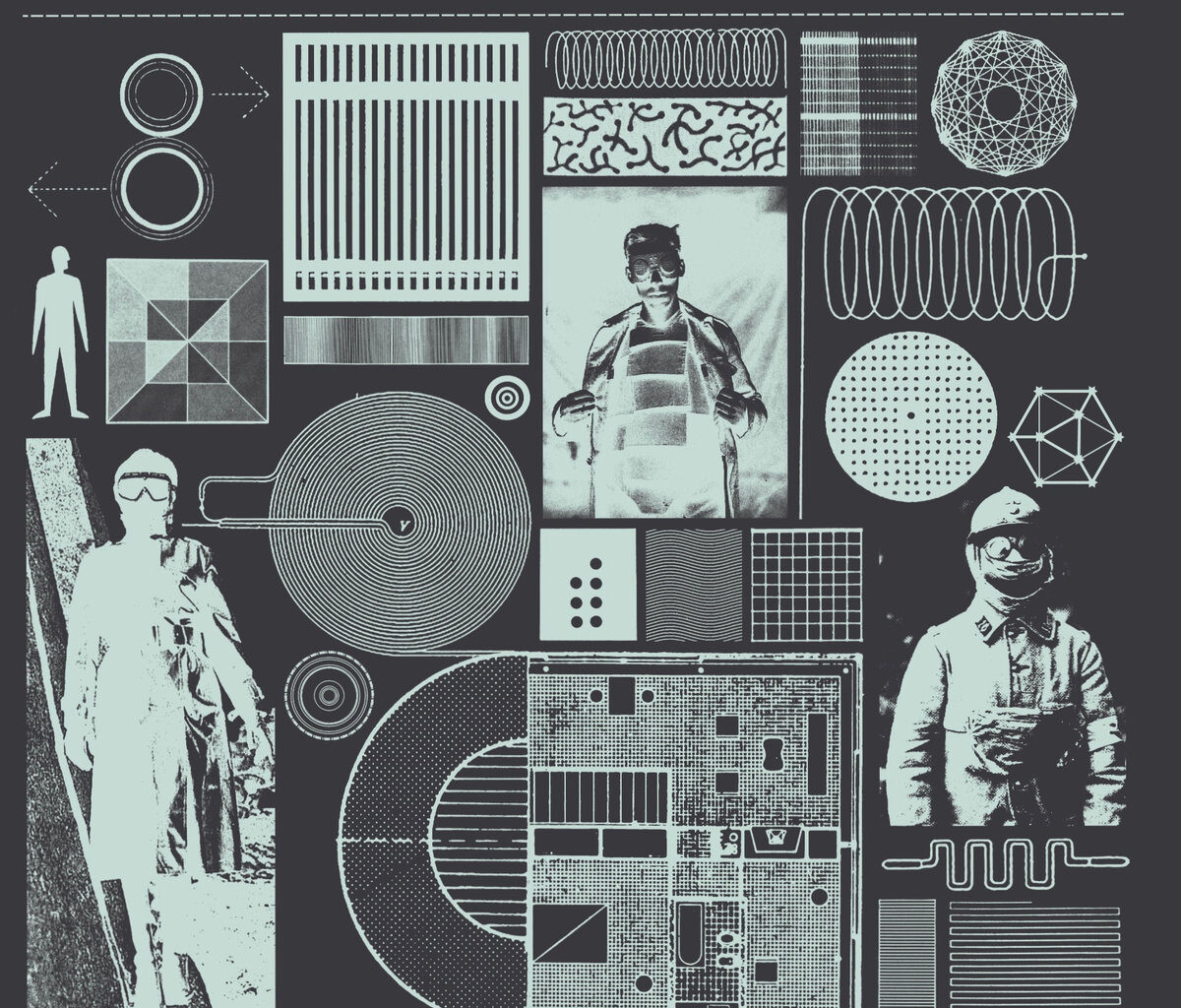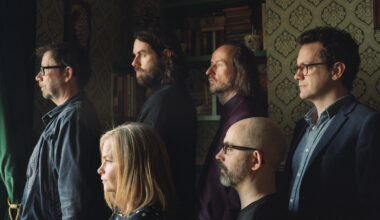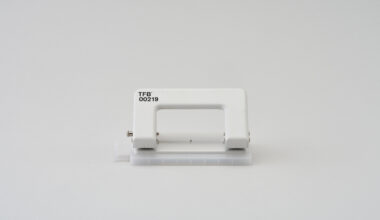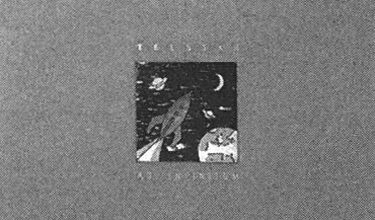Releasing a mere seven albums in the last 18 months, what has made Danish DJ/producer Martin Jensen – aka The Home Current – such an unstoppable force? Among the unlikely answers are Brexit and birdwatching
“I bought my first record when I was seven, in the late 1970s,” says The Home Current’s Martin Jensen. “It was Cliff Richard…”
Not a great deal of Cliff’s influence has since found its way into Jensen’s output, but that hasn’t stopped this Danish-born, Luxembourg-based artist forging a reputation as one of the most versatile and hard-working producers in contemporary electronica. Last year alone saw the release of five new albums, beginning with the Factory/4AD-influenced ‘Civilian Leather’, released on the equally prolific Castles In Space label. ‘The Splendour Of Change’ and ‘The Ardennes’ swiftly followed, the latter being a touching, melancholic tribute to the tragic wartime history of his adopted home. ‘Palermo Traxx Vol 2’ and ‘An Evening With The Home Current’, a brace of albums inspired by his formative years as a teenage house music obsessive, rounded off the year in style.
Attempting to unravel his musical influences and backstory uncovers a rich tapestry of precocious 1980s clubland adventures, near-misses in the mainstream pop world, and – brace yourselves – some pretty hardcore birdwatching.
“I made it into the Sankt Annæ Gymnasium music school as a choirboy,” he continues. “All my friends and classmates were into jazz-funk, but I just went into electronic music. So I was the odd thumb out, listening to this music that was characterised as ‘Ah, yeah, but that’s not music. You just push a button and it does everything for you’. I had the Kraftwerk single, ‘The Model’. I don’t remember buying it, but I did. On Fridays, my mother gave me some money to buy food from the school canteen, but I never did. I bought a record. Fridays were really, really hungry days back then.”
Growing up in 1980s Copenhagen, the teenage Martin Jensen found himself increasingly drawn into the orbit of one of the city’s coolest independent record shops.
“It was called Street Dance Records,” he smiles. “And it was the meeting hub for all of us freaks and outcasts who had taken an interest in this music. One of the early records I bought there was ‘Beat Dis’ by Bomb The Bass. I thought it would probably have a lot of funky slap bass and I could impress my friends at school who were into Spyro Gyra and Yellowjackets. But it turned out it was something completely different.
“I think that record was the one that really kicked open the electronic music door for me. The UK and US singles came into Street Dance on Mondays, and Italian, Belgian and Dutch singles came in on Wednesdays. I pretty much lived there on those two days, spending all my disposable – and non-disposable – income. I also started DJing heavily as a part of a little group of people. Back then in Copenhagen, the scene was so small, so the dreads, the hip hoppers and house heads were all in the same community.”
A plucky DIY spirit and a fearless drive to engage with all aspects of left-field culture clearly informed Jensen’s meteoric rise to club notoriety.
“My mother,” he remembers, “bless her, she was quite confident that the friends I made would look after me. So at a very young age I was going to gigs with people quite my senior to see acts like Z’EV and Einstürzende Neubaten. I was much too young to be there really! At the same time, I made a friend, Peter Skovsted, and we started our own local radio show on Radio Lyngby, a station just north of Copenhagen.”
Jensen and Skovsted’s playlist of rare dance imports attracted the attention of legendary Danish DJ Kenneth Bager, a man that Jensen insists is “probably single-handedly responsible for starting off dance music in Denmark”. Bager invited the pair to his nightclub, where they hung out for a few nights before finding themselves behind the decks.
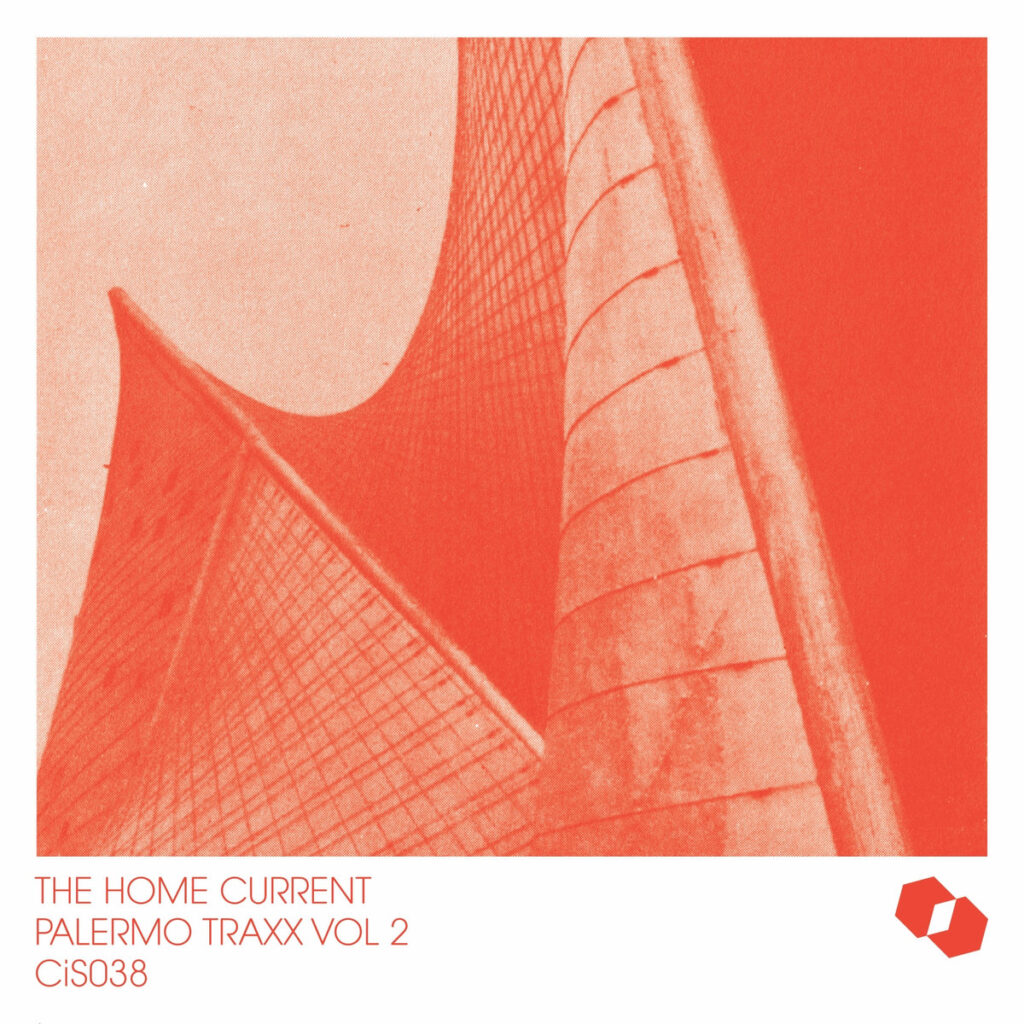
Many of us can identify a single venue, or a regular club night, that cemented our nascent music tastes, and – in one way or another – helped to forge our adult identities. These boltholes brought us together with new social crowds from outside the comfort zones of school and college, solidifying exciting – even daring – new relationships, accompanied by soundtracks that were also impossibly invigorating. For Jensen, this boils down to a flamboyant, theatrical, decadent and incredibly short-lived Copenhagen club night in 1991. An experience so profound that his final two albums of 2019 have been a deliberate attempt to recreate those formative feelings, and hearing him discuss his memories with such passion and longing is enough to elicit a tangible sense of nostalgia by proxy.
It was called The Candy Jungle.
“All of a sudden, there was this group of theatre people that I’d never met before, who decided to throw parties,” says Jensen. “They only did three and the flyers were amazing – one was made with fake fur, another was glass, another was wallpaper! They had sourced this incredible venue in a basement in central Copenhagen, and booked me and a friend, Ole Loud, to be resident DJs. It was three nights only, over a few months, and the vibe there was like nothing I’ve ever experienced before or since. It was really, really special.”
What made the Candy Jungle unique? The venue? The music? The people?
“All of that,” he affirms. “At the time, there was an innocence to dance music. Every week, it was like a ‘wow’ moment when you bought a record. And the people there just had open minds. Totally and utterly. There were no boundaries, no empty dancefloors. Everything was possible. Thirty years on I’m still misty-eyed about it. Everything came together on those nights.
“And it wasn’t like a massive rave. It was a basement thing – condensation coming off the walls and dropping onto your records, all of that. Many people were dressed up. It was quite promiscuous, but it just made sense in there! They say what happens in Vegas stays in Vegas, and it was probably a little bit the same with the Candy Jungle.”
As the decade progressed, Jensen became part of a band – Black Blue And Purple – who came within a whisker of being signed to Mega Records, the home of Swedish million-sellers Ace Of Base.
“Oh,” he smiles, “a DJ in the band was really the thing to have in the early 1990s. To be honest, I didn’t do much, because we rehearsed on the Saturday mornings, and I often just fell asleep.”
In the meantime, his career behind the decks continued to burgeon and he became resident DJ in the dance tent of Denmark’s legendary Roskilde Festival, with the idea of producing his own music increasingly left on the back burner. That was until 2008, when he collaborated with his then-wife, Lene Charlotte Holm, as Iris To Hypnos, releasing two singles on the Static Caravan label.
“Our relationship came to an end, and around that time The Home Current took its first embryonic steps,” he says. “It was very leisurely, though.”
It’s at this point that the conversation takes an unexpected twist.
“I’m also a keen birdwatcher,” reveals Jensen, somewhat out of the blue. “And some of our migratory birds are very threatened. So to cut a long story short, I came up with an idea to raise awareness. I started to invite people whose music I liked to contribute tracks towards a MySpace page. I got to know a few people from London, namely Glen Johnson from Piano Magic, and David Sheppard who is part of Ellis Island Sound, State River Widening and Snow Palms. We established a record label – Second Language – and the second release was a compilation called ‘Music And Migration’. It’s since gone on to become a trilogy, all in support of a charity called BirdLife International. I started recording a few pieces for those releases, so those were the very first recordings of The Home Current.”
He pauses.
“‘Theme From Mizieb’, a Home Current track on ‘Music and Migration II’, had a honey buzzard, a white stork and a cuckoo on it, as I recall.”
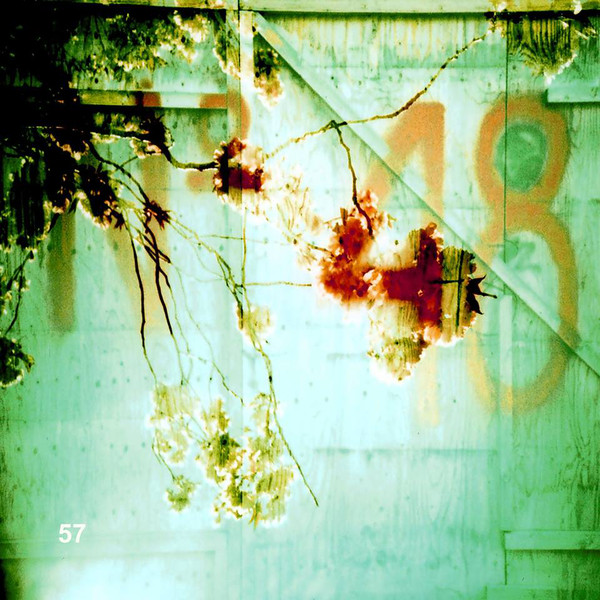
The Home Current’s debut album, 2018’s ‘Another Way Of Falling Apart’, released on Polytechnic Youth, earned widespread acclaim for its ambitious soundscapes. It was the high spot of a year that proved life-changing.
“It was quite surreal really,” remembers Jensen. “I still swear by vinyl. I bought my first record when I was seven, and I have about 8,000 records now. So it was a major milestone, just disbelief on opening the box and smelling it. A watershed moment.”
But it was to be the beginning of a prolific period of music-making that had its roots in a more worrying episode.
“I had a major health scare in 2018,” he confides. “Which fortunately turned out OK, but at the time it was really intimidating. I plunged into making a lot of music, probably as a valve to release the worries.”
So did that anxiety make its way into the music? Much of his 2019 output felt decidedly upbeat. Particularly those final two albums, so clearly influenced by the vintage breakbeats of the Candy Jungle era. ‘Palermo Traxx Vol 2’ even throws a timeworn ‘Funky Drummer’ sample into the mix.
“I think I tried to create an antidote, so it’s probably less bleak than I felt,” he agrees. “‘Palermo Traxx Vol 2’ and ‘An Evening With…’ are going back to the roots. It’s not like I’m trying to launch a dance career. I’m not able to go out and support them in a club environment – I’m a father and I like my book in bed at night – but something must have happened there in terms of my inspiration or drive. They still have that Home Current melancholic thing, that’s just how it is. I once made a track and my wife asked me, ‘Do you really feel that bad?’.”
Ironically, he laughs heartily.
“Melancholy is probably a partner of mine.”
As is an appreciation of history and its relationship with the current political landscape. A spell of living in London ended in 2016, coinciding with the fall-out from the Brexit referendum. These events, combined with his subsequent move to Luxembourg, found their way into perhaps his most affecting album to date, ‘The Ardennes’.
“I’ve always been interested in history,” he says. “And having moved to Luxembourg, I’m basically living where that battle took place. I’d always read a lot about the Second World War so I started to explore, and there are some amazing museums and monuments here. The authorities have done a lot to keep these things to the fore, and to remind people what Europe was based upon. It came from blood, sweat and tears, and huge sacrifice.
“The Ardennes battles made an impact on me. I’ve been numerous times to the places where these conflicts took place. It means something to me, not only historically, but also, in the present day, politically. It breaks my heart seeing the UK, for example, and what is happening there. The UK has been a country that has sacrificed so much for Europe, historically.”
Despite protestations that he may take his work rate “down a notch” in 2020, the latest Home Current album, ‘Coal Pit Zen’, is a meditative reflection on his recuperation from illness and is the latest chapter in a fascinatingly unpredictable musical journey.
As the conversation concludes, one burning issue remains outstanding. Jensen’s favourite bird?
“Oh, the swift,” he answers, without a moment’s hesitation. “I find it absolutely beautiful to see it piercing the sky. The sound of a screeching flock of swifts in mid-August is pretty much the sound of my childhood.”
And with that, we delve into an explanation of the bird’s Latin name (Apus apus, look it up) that typifies Martin Jensen’s infectious curiosity for, well, everything really. Which in turn epitomises his thrillingly eclectic approach to making music. Long may his notches remain unlowered.
‘Coal Pit Zen’ is out on Castles In Space
